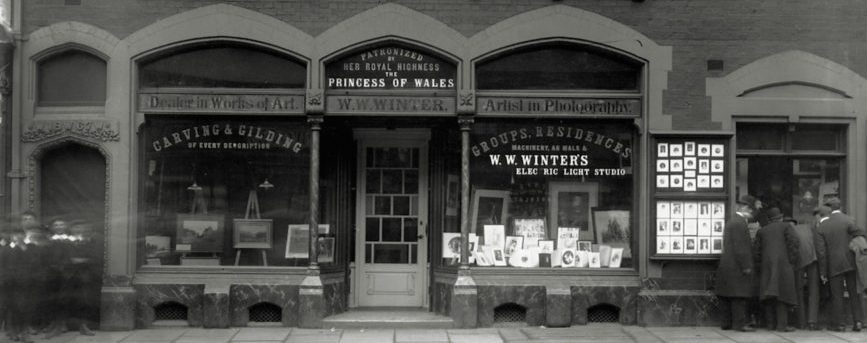In this weeks blog Joanna talks us through Winter’s ‘other’ career in local politics which spanned 35 years:
Local politics played a big part in Walter Winter’s life. His expanding business gave him an opportunity to meet and serve a wide range of prominent Derby citizens. He was a churchman and like many men of the time and he saw it as part of his duty to do the best for his fellow man and the community in which he lived.
The local newspapers of the time reported in detail all local government issues and it has been possible to build up a chronological picture of Walter Winter’s political career.
In 1875 WWW was elected to the Litchurch Local Board. Litchurch at that time had its own Local Board set up in 1860 as a self-governing body for that area. It later became integrated back into Derby under a Local Government Reform Act. He went on to represent this area on the local board and the Derby Council as a local and independent candidate eight times, six of them unopposed. The newspapers reported his regular attendance at many meetings only missing them because of illness for which he apologised to the ratepayers of Litchurch through the newspapers and thanking them for their kindness and good wishes. As well as full council meetings he attended the estates committee, the special drainage committee and school board meetings. In 1903 he was elected JP (justice of the peace), and in March 1904 his dedication to council work was rewarded when he was elected an alderman in recognition of his many years of service. He was one of the few to be elected alderman without first serving as mayor. He served on the council right up to his departure to Canada in April 1910.
